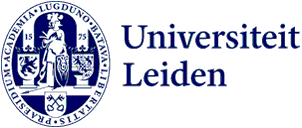Lecture | CHiLL series
The morphological encoding of Mandarin compounds using EEG techniques
- Date
- Wednesday 25 September 2024
- Time
- Serie
- Chinese Linguistics in Leiden (ChiLL)
- Address
-
Lipsius
Cleveringaplaats 1
2311 BD Leiden - Room
- 2.17
Abstract
This study investigates the role of morphology during speech planning in Mandarin Chinese. In a long-lag priming experiment, thirty-six Mandarin Chinese native speakers were asked to name target pictures (e.g., “山” /shan1/ "mountain" or “羊” /yang2/ "sheep”). The design involved pictures referring to morpheme-related compound words (e.g., “山羊” /shan1yang2/ "goat") sharing a morpheme with the first (e.g., “山” /shan1/ "mountain") or the second (e.g., “羊” /yang2/ "sheep”) position of the targets, as well as unrelated compound items (e.g., “飞机” /fei2ji1/ "airplane"). Behavioral and electrophysiological data were collected. Interestingly, the behavioral results went against earlier findings in Indo-European languages, showing that the target picture naming was not facilitated by morphologically related primes. This suggests that there is no morphological priming for individual constituents in the production of Mandarin Chinese disyllabic compound words. However, morpheme-related prime words did elicit a reduced N400 compared with morpheme-unrelated prime words in the ERP analyses, suggesting the automatic activation of individual constituents in noun compound production. Implications of these findings are discussed.
